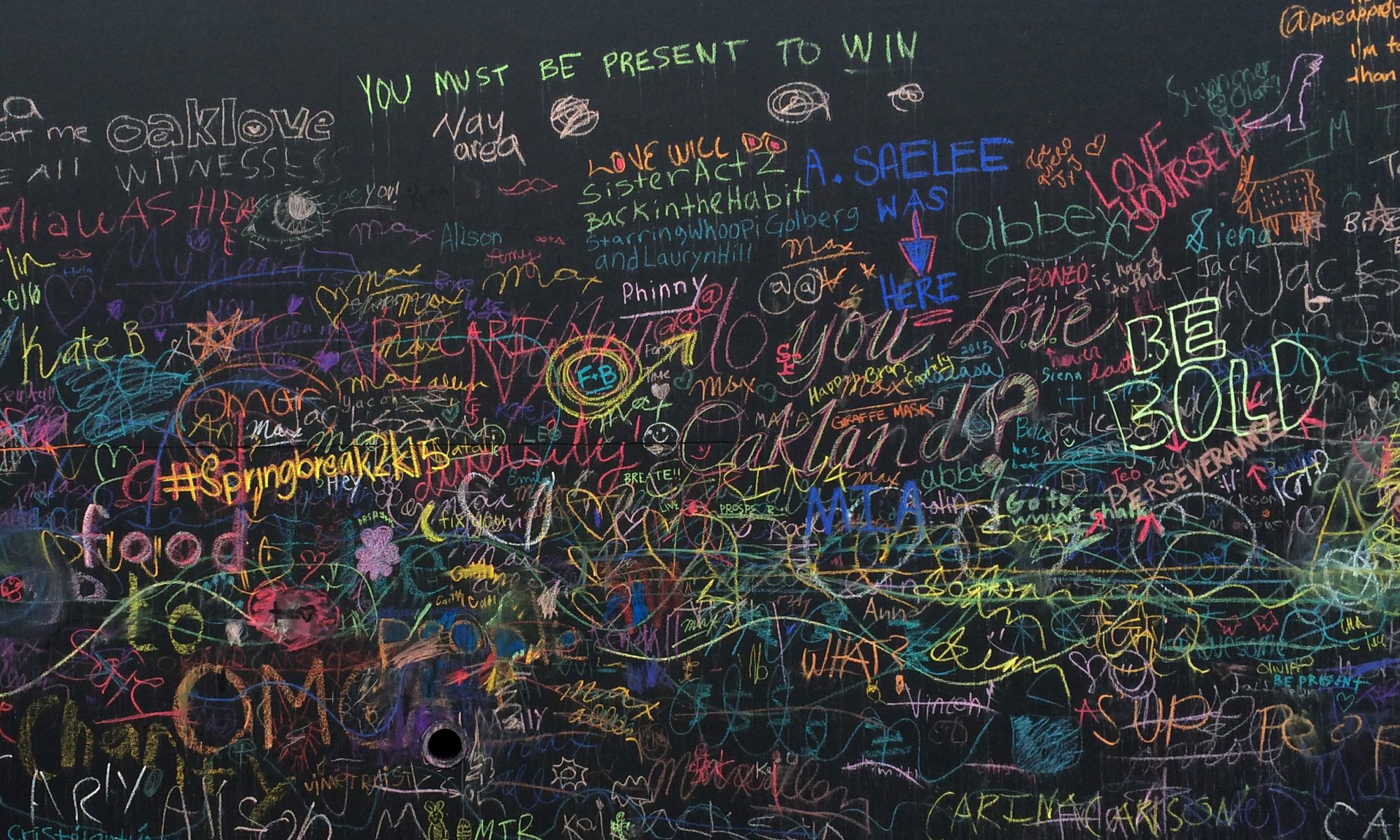Amid the visibly destructive frontal attacks on the rule of law as well as our most valuable institutions, there’s a quieter yet equally destructive attack on our data.
The US government has traditionally kept databases separate, with information about citizens collected and stored on a need-to-know basis for each agency. No one entity had all the information about citizens in one place, and sensitive data was available only to key staffers. Data sets could be compiled, but only with good reason and often a court order. This was not “government inefficiency”, it was a safeguard of our personal, private data.
All that has changed with this administration, which is allowing a man with no official standing to steal all the data from all the sources and create a unified repository. DOGE has pushed its way in to agency after agency, firing anyone who stands in the way, and hooking up computers to directly download all that data to their own equipment. Outside of the law, outside of security protocols, outside of any right to know. Early targets were the Treasury and Social Security, because (supposedly) that leads them to identifying non-citizen immigrants but it is bigger than that.
On the surface this may sound harmless enough to many. If everything is in one place that means less duplication, faster flow of information, and lower costs. That’s certainly one way they justify it — efficiency! And if you’ve ever wondered why you have to keep repeating yourself on government forms, this streamlining may sound downright helpful. You may not even realize your info was previously siloed on purpose, or you may assume you already have no privacy so it isn’t worth worrying about. Certainly TV and movies already present this as reality, with law enforcement and hackers able to pull up complete info on someone instantaneously. Besides, you might think, I have nothing to hide!
But if you’ve ever read science fiction you’ll know that any entity holding universal, centralized data on citizens is highly dangerous. Think about it: Your tax documents alone may include bank routing numbers, employers, sources of income, assets, addresses, and dependents. Combine that with records of disability or medical claims, military service, immigration, travel history, criminal or civil actions, education, federal loans, and social security — and in the future potentially things entirely outside the government’s purview like financial records, DNA databases, and electronic health records — and all taken together they can track your whole life. Everywhere you’ve been, everything you’ve done, everything you might do. And when I say “they” of course I mean AI.
This can and will be weaponized. They can target people the algorithm predicts will speak out politically. They can decide who gets medical care based on genetic factors. They can guess who may have had traveled to another state pregnant and come back not-pregnant. They could theoretically monitor or seize assets held in any account you’ve ever used for a tax transaction.
And it doesn’t matter if you haven’t done anything wrong, they simply have to assert that you have. If this sounds far-fetched, know that we’re already experiencing accidental deportations, revoked visas, and instructions to self-deport based on error and mistaken identity. Computers and the internet are invaluable tools, but do not have their own intelligence — they require human oversight and regulation to work with us rather than against us. The idea that they’re moving so fast they don’t bother to check whose life they’re destroying is terrifying.
It’s especially dangerous in our current scenario, when all this data is being gathered by an entity that isn’t even a legitimate government agency. There’s no oversight or security. What if it’s hacked? What if they sell our data? What do they want it for? Data in the hands of unregulated technology and unrestrained capitalism is catastrophic.
This is hard to explain simply and makes a lousy protest sign. But this is big, really big. And we have to pay attention.





























































































